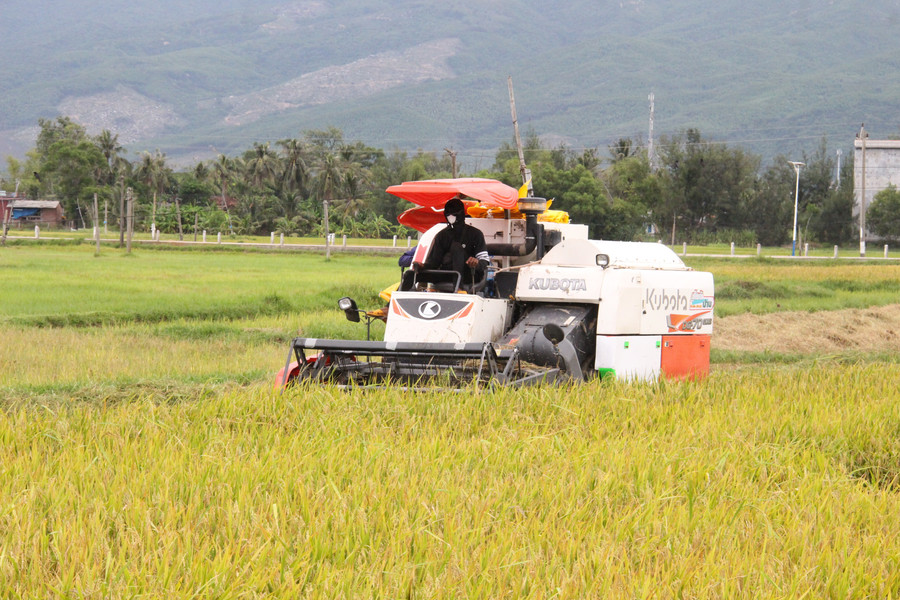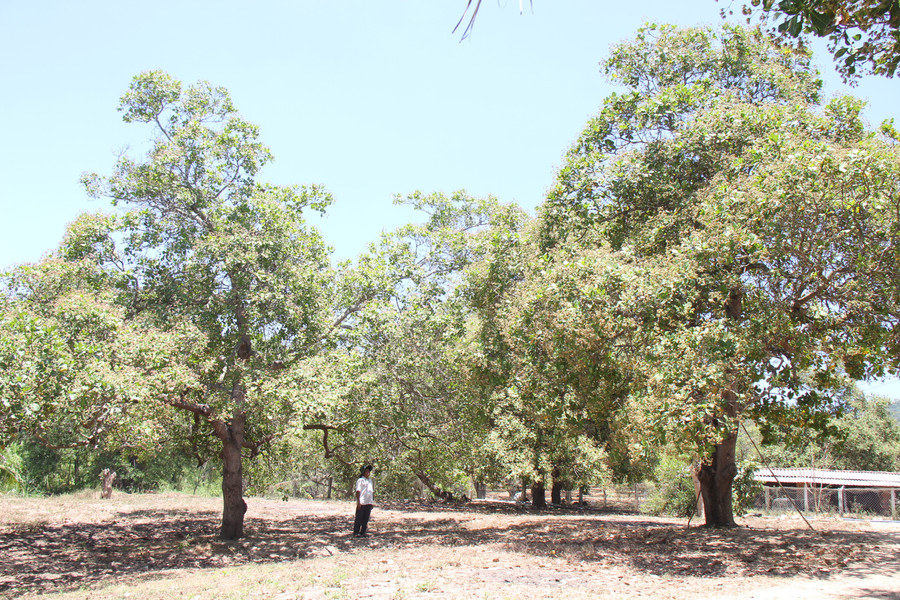Specifically, the converted area includes: 3,790 hectares of rice land, 7,660 hectares of sugarcane, 7,745 hectares of cassava, 4,020 hectares of cashew, 14,715 hectares of rubber and about 570 hectares of other land. The conversion is carried out according to the planning orientation, in accordance with the natural conditions, advantages of each region, investment capacity of people and market demand. At the same time, it is associated with the development of product value chains, ensuring stable output, traceability and building growing area codes.
For rice growing areas, the province will focus on converting areas without proactive irrigation water sources and often experiencing drought at the end of the season to growing short-term crops with high economic efficiency such as vegetables, peanuts, sweet potatoes, biomass corn, and beans of all kinds.
The western part of the province prioritizes converting 2-crop rice land per year that is often drought-prone in the winter-spring crop; the eastern part of the province maintains the converted rice area and promotes increasing upland cropping.

Regarding sugarcane, the province aims to convert the area that people spontaneously grow, without consumption links or far from processing factories, to fruit tree growing, organize concentrated production, specialize in processing, build growing area codes and connect to the market.
The cassava growing area will be adjusted in areas far from the factory or with low productivity, while at the same time consolidating stable raw material areas in areas eligible for mechanization and applying technical advances to improve productivity and product quality.
For cashew trees, ineffective cultivation areas, especially on red basalt soil, will be converted to high-value fruit trees such as passion fruit, durian, banana, pineapple, etc. or medicinal plants and vegetables suitable for the local market and production conditions.

For ineffective rubber growing land, the province aims to convert to growing vegetables, flowers, fruit trees, medicinal plants and other crops with high economic value, suitable to soil conditions, adaptable to climate change and meeting market demand.
At the same time, part of the land fund will be reserved for developing high-tech agricultural zones, areas, and projects, renewable energy... Prioritize converting rubber growing areas on red basalt soil and areas with altitudes above 700m above sea level to growing suitable crops such as passion fruit, banana, durian, pineapple... to improve land use efficiency and agricultural production value.
According to the Department of Agriculture and Environment, this plan aims to reorganize production towards concentrated commodities, increase added value, land use efficiency, income per unit area and create more jobs for people. At the same time, it contributes to restructuring the agricultural sector towards sustainability, adapting to climate change and protecting the ecological environment.
Source: https://baogialai.com.vn/gia-lai-se-chuyen-doi-38500-ha-cay-trong-kem-hieu-qua-post566414.html


![[Photo] National Assembly Chairman Tran Thanh Man chairs the 8th Conference of full-time National Assembly deputies](https://vphoto.vietnam.vn/thumb/1200x675/vietnam/resource/IMAGE/2025/9/29/2c21459bc38d44ffaacd679ab9a0477c)



![[Photo] General Secretary To Lam chairs the meeting of the Central Steering Committee on preventing and combating corruption, waste and negativity](https://vphoto.vietnam.vn/thumb/1200x675/vietnam/resource/IMAGE/2025/9/29/fb2a8712315d4213a16322588c57b975)

































































































Comment (0)